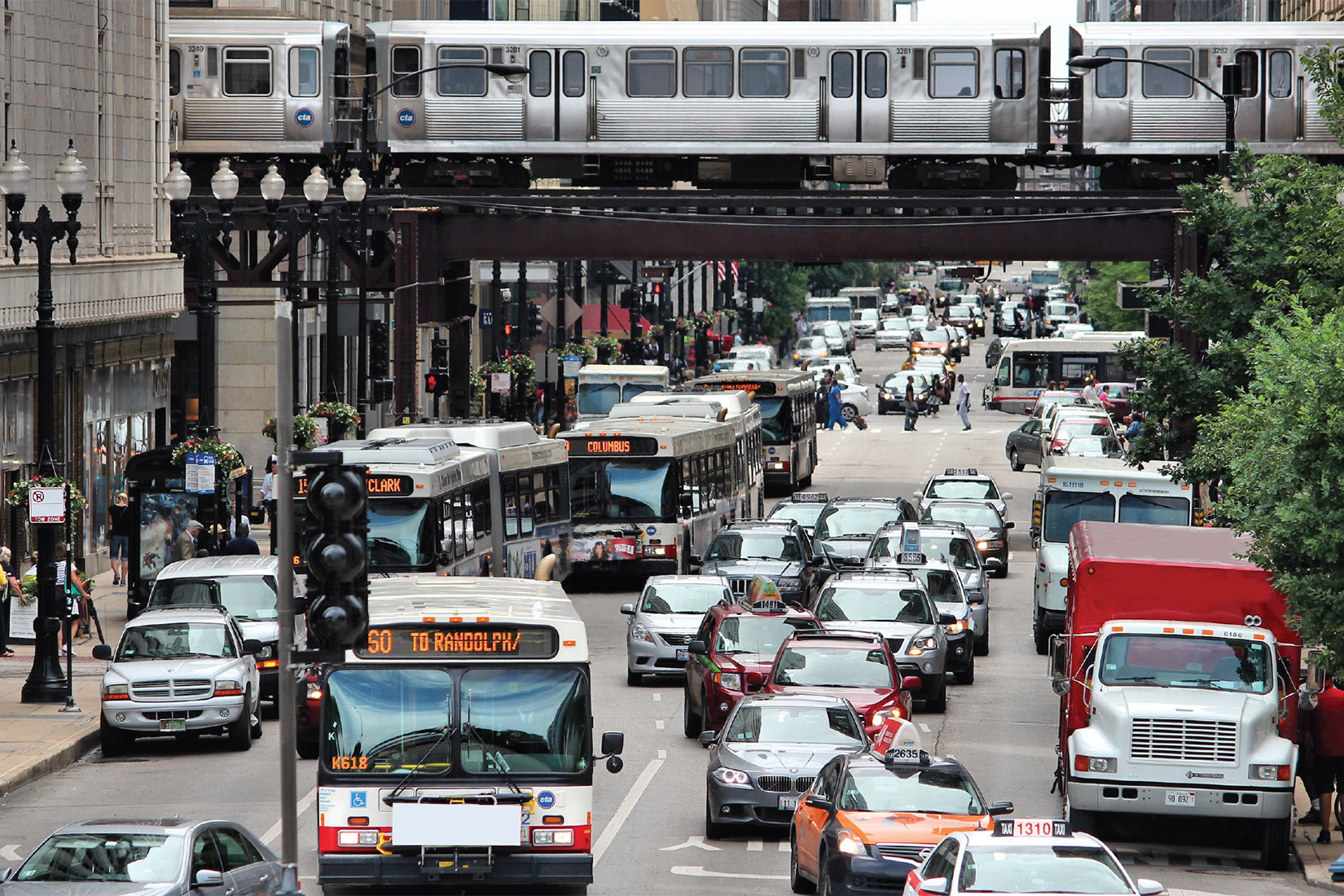Sustainable Transportation: Eco-Friendly Commuting Options
In our bustling world where every journey counts, sustainable transportation is gaining traction like never before. Whether you're commuting to work, running errands, or planning a weekend getaway, how you travel matters. It impacts not just your own carbon footprint but also contributes to the broader environmental landscape. Let's dive into the fascinating realm of sustainable transportation and explore eco-friendly commuting options that are shaping the future of mobility.
Understanding Sustainable Transportation
Sustainable transportation refers to modes of travel that minimize environmental impact while meeting the mobility needs of individuals and communities. It's about rethinking how we move from point A to point B in ways that conserve energy, reduce pollution, and promote healthier lifestyles. This includes a variety of options such as walking, cycling, public transit, electric vehicles (EVs), and even innovative solutions like shared mobility services.
Key Aspects of Sustainable Commuting
1. Walking and Cycling:
The simplest and most eco-friendly modes of transportation are often right under our feet—or rather, pedal power. Walking and cycling reduce carbon emissions and contribute to personal fitness and well-being. Imagine weaving through city streets on a bicycle, feeling the wind in your hair while knowing you're actively contributing to cleaner air.
2. Public Transit:
Buses, trams, trains, and subways form the backbone of urban mobility. They efficiently move many people, significantly reducing traffic congestion and emissions per capita compared to individual car trips. Many cities are investing in modernizing their public transit systems to make them more attractive and accessible.
3. Electric Vehicles (EVs):
As technology advances, electric vehicles are becoming increasingly viable alternatives to traditional gasoline-powered cars. EVs produce zero tailpipe emissions and can be charged using renewable energy sources, further reducing their environmental impact. With improvements in battery range and charging infrastructure, EVs are poised to revolutionize personal transportation.
4. Shared Mobility Services:
Ride-sharing platforms, car-sharing programs, and bike-sharing schemes are transforming how people think about ownership and usage of vehicles. By promoting shared use, these services optimize vehicle utilization, reduce the need for parking spaces, and offer flexible transportation solutions tailored to individual needs.
Relevance of Sustainable Transportation Today
In an era marked by climate change awareness and environmental stewardship, the relevance of sustainable transportation cannot be overstated. Transportation is a significant contributor to greenhouse gas emissions globally, with road vehicles alone accounting for a substantial portion. Embracing eco-friendly commuting options isn't just about reducing emissions—it's about creating healthier, more livable communities.
Take Copenhagen, for example, often hailed as a model city for sustainable transportation. With extensive bike lanes, pedestrian-friendly streets, and a robust public transit system, the Danish capital encourages its residents to prioritize cycling and public transit over cars. As a result, Copenhagen not only reduces emissions but also fosters a culture of active living and community engagement.
Embracing Sustainable Transportation: Anecdotes and Examples
Imagine a bustling morning in Tokyo, where millions of commuters seamlessly navigate the city using an integrated public transit network. Or picture Amsterdam, where bicycles outnumber cars in the city centre, and cycling is not just a mode of transport but a way of life. These cities demonstrate that sustainable transportation isn't just a theoretical concept—it's a practical, achievable goal with tangible benefits for individuals and societies alike.
In cities like San Francisco and London, initiatives like congestion pricing and low-emission zones are incentivizing cleaner forms of transportation while discouraging car dependency. Meanwhile, innovative startups are developing electric scooters, hydrogen-powered buses, and autonomous vehicles that promise to further revolutionize how we travel sustainably.
Conclusion: Moving Towards a Sustainable Future
As we navigate the complexities of modern life, the choices we make about transportation play a crucial role in shaping our environmental legacy. Sustainable transportation offers a pathway towards cleaner air, reduced congestion, and healthier communities. By embracing eco-friendly commuting options, we not only mitigate climate change but also enhance our quality of life and preserve natural resources for future generations.
So, whether you're considering swapping your daily commute for a bike ride, exploring the convenience of public transit, or contemplating the switch to an electric vehicle, each choice contributes to a more sustainable future. Let's continue to explore, innovate, and advocate for sustainable transportation solutions that make a difference—one journey at a time.







Comments
Post a Comment